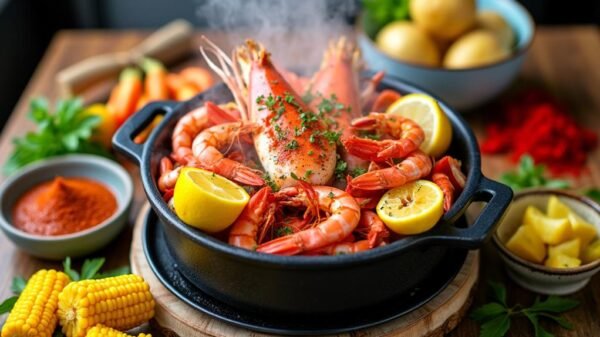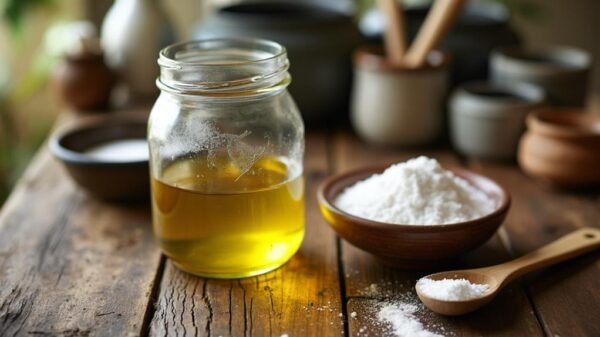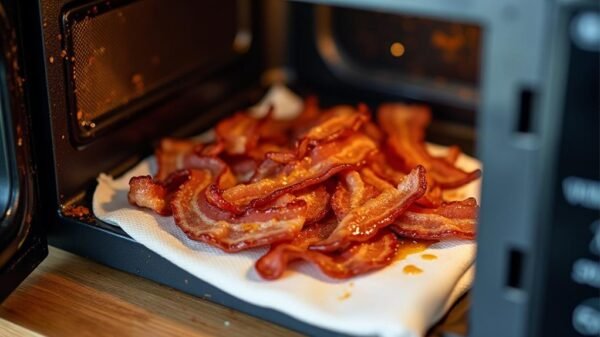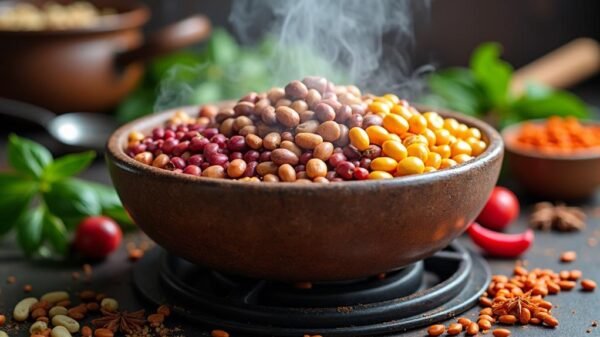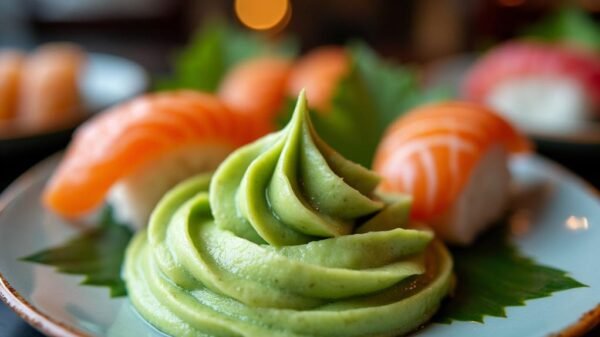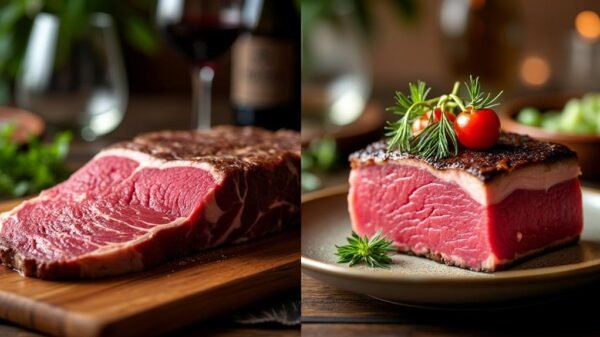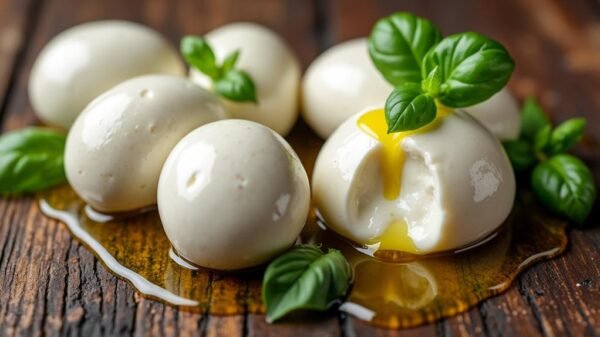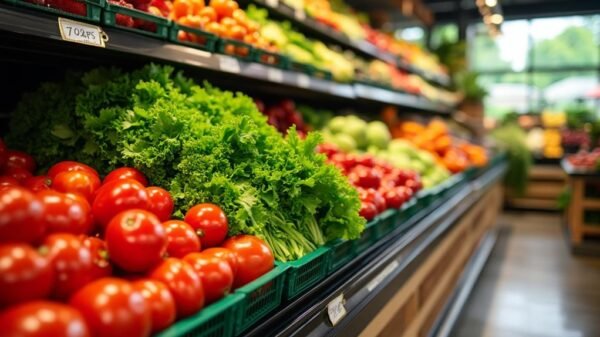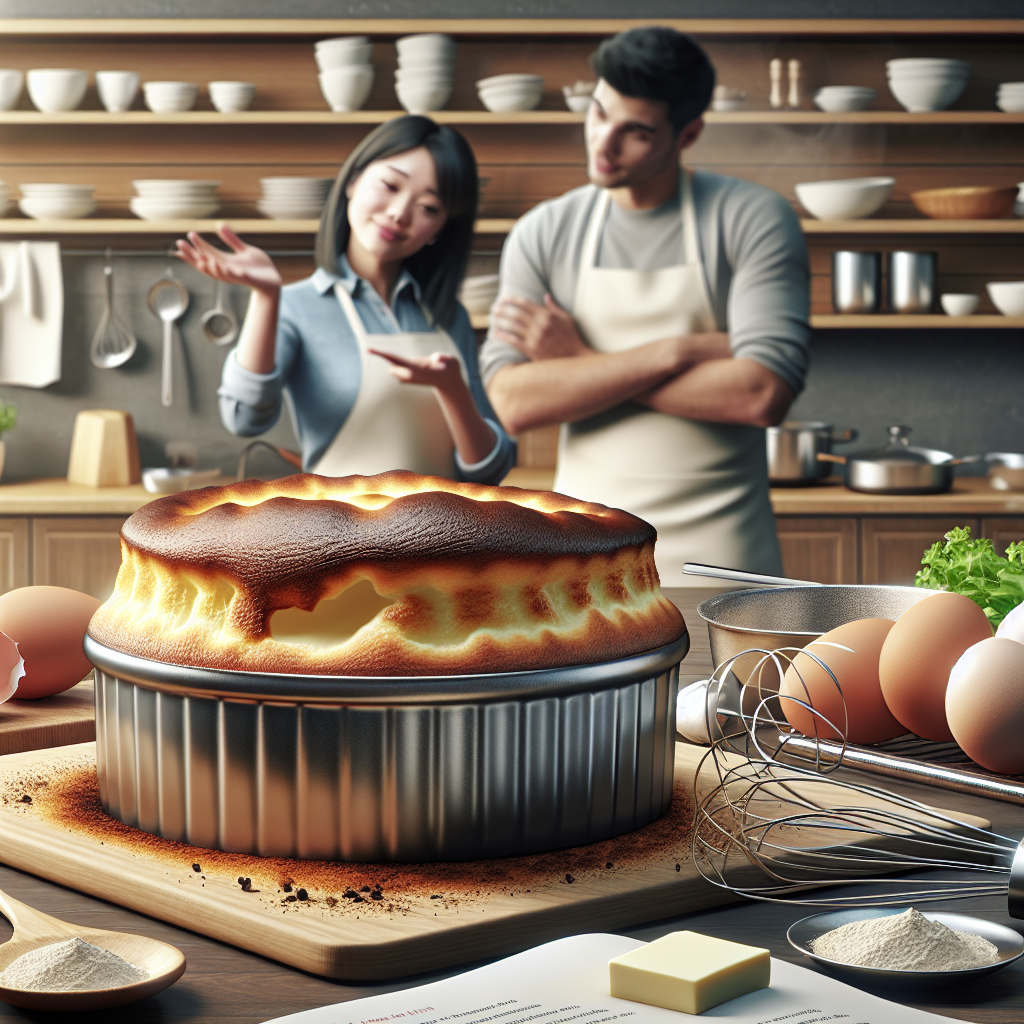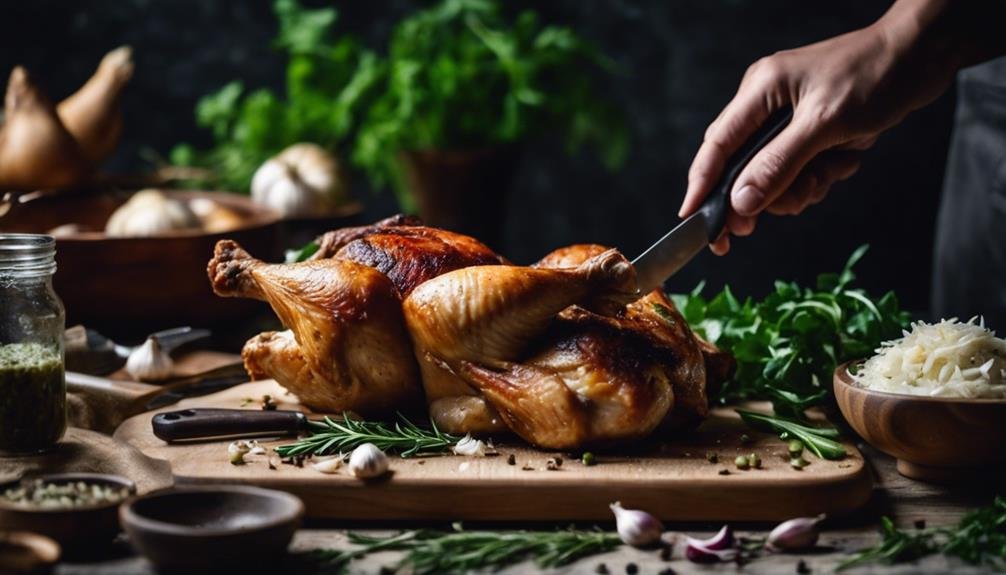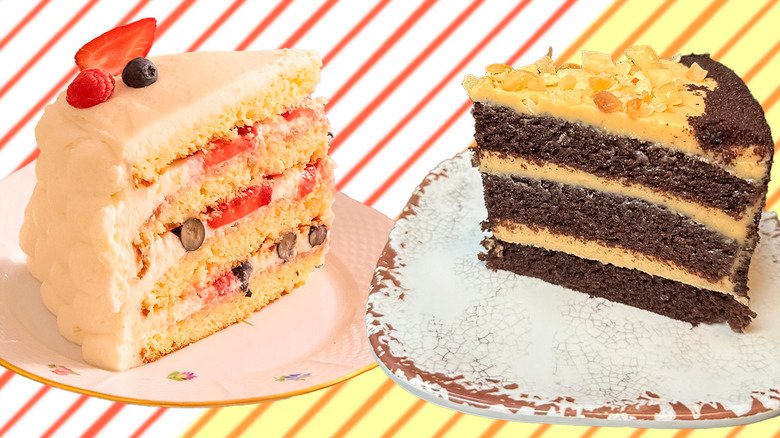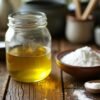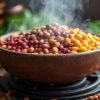Mastering the Art of Soufflé: Common Mistakes and How to Avoid Them
Creating the perfect soufflé is often seen as the hallmark of culinary expertise. This light, fluffy dish, originating from French cuisine, impresses with its sublime rise and delicate texture. However, mastering this culinary delight involves navigating a series of potential pitfalls. In this article, we will explore common soufflé mistakes and provide practical tips to help you achieve souffle mastery.
Understanding the Key Ingredients
The Role of Egg Whites
Egg whites serve as the primary leavening agent in a soufflé. Properly whipped egg whites are essential for creating that airy texture and impressive height. Over-beating can lead to a dry, grainy consistency that won’t fold smoothly into your batter, while under-beating results in insufficient structure. Striving for stiff peaks while maintaining a glossy sheen is the sweet spot to aim for.
Choosing the Right Bowl
The condition of your mixing bowl can significantly impact the outcome of your soufflé. Using a bowl that is dirty or greasy can impede the whipping process. Metal or glass bowls are ideal, as they do not retain oil like plastic. For optimal results, consider wiping the bowl with vinegar, which helps remove any residual fat. This ensures that your egg whites can achieve their full whipping potential.
Perfecting the Technique
Folding Without Deflation
The process of incorporating whipped egg whites into the base soufflé mixture is critical. If done improperly, you risk deflating all the air you meticulously whipped in. The key is to gently fold the whites into the batter, using a technique that combines both cutting and sweeping motions. A careful approach will maintain the volume of the mixture, allowing your soufflé to rise beautifully in the oven.
The Importance of Temperature
Using cold egg whites is another common misstep. For the best results, bring your eggs to room temperature before whipping them. Warm egg whites can be whipped more easily and hold air better, contributing to a lighter soufflé. A quick method to achieve this is to let your eggs sit out for about 30 minutes or to briefly submerge them in warm water.
Baking Considerations
Timing Is Everything
Timing plays a crucial role in soufflé preparation. Once your soufflé is in the oven, avoid opening the door; this can cause a temperature drop, leading to a collapsing soufflé. Keep a consistent baking time in mind and rely on visual cues. A properly baked soufflé should maintain its rise and exhibit a matte surface, indicating it is set but not overcooked.
Selecting the Right Bakeware
Using the appropriate baking vessel can influence your soufflé’s rise. Opt for straight-sided ramekins, which help the soufflé gain height. Before pouring in the batter, be sure to butter the ramekin and coat it with sugar or breadcrumbs to avoid sticking. This practice facilitates a smooth release from the sides, promoting an even rise.
Creative Variations
Exploring Savory Options
While sweet soufflés are beloved, don’t overlook the potential for savory variations. Incorporate flavorful cheeses such as Gruyère or cheddar for a delicious twist. Just a touch of Dijon mustard can elevate your dish without overpowering its delicate flavors. Remember, balance is key—selecting finely grated cheese ensures the soufflé remains light.
Preparing in Advance
Soufflés don’t have to be limited to same-day preparation. You can prepare the base batter in advance and store it in the fridge for up to a day. For those planning ahead, consider freezing individual portions, which can be defrosted before baking. Avoid adding fragile ingredients until you’re ready to cook to maintain the soufflé’s texture.
Mastering the soufflé involves a keen awareness of technique, ingredient temperament, and timing. By avoiding these common mistakes, you can create an impressive dish that showcases your culinary skills. This French classic is no longer just for professionals; with practice and attention to detail, you too can achieve soufflé perfection.





